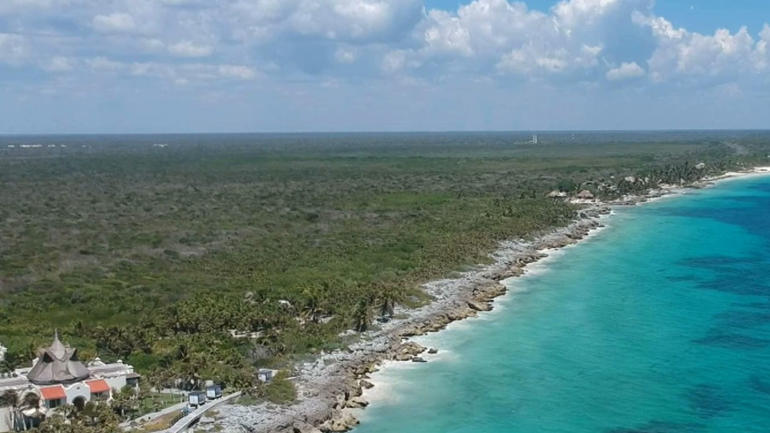On Mexico’s eastern coast, tourism is big business. There an environmental battle is being waged against waste. Where local infrastructure has failed, entrepreneurs have picked up the slack.
CGTN’s Al Baverstock has the details.
Tulum, on Mexico’s Caribbean Coast. Nineteen years ago, this tiny village had a population of about 7,000. Now, it’s more than 30,000. Its expansion has left local infrastructure lagging, causing issues with waste disposal.
“We saw that there were 180 tons of garbage being produced in Tulum, the municipality, every day, which was ending up in an open-air dump site,” said Mauricio Jervis, a local chef and the owner of Woolis Farm. The sight prompted him to take action.
“So that led me down a path to find out how much of that 180 tons was organic waste, and it turned out to be about 60 percent during the high season, so out of 180 tons, that’s 100 tons a day of organic waste,” said Jervis. “And I said, “ok, let’s concentrate on this, let’s solve this.”
He asked local tourism businesses to separate their food waste, and he developed a compost operation on his farm on the outskirts of town. Now the farm’s produce, grown in the rich soil of his compost, comes full circle and is served in his restaurant.
“I wanted to do something that was a daily solution,” he said. “Going to the beach and doing a beach clean-up once a month is not going to save the world. It’s our habits of every day.”
It’s a renewable solution that 40 companies have gotten behind. Eduardo Castillo is with the town’s Habitas boutique eco-lodge.
“The concept of it was obviously immediately appealing,” said Castillo. “I think what’s really important about creating and installing these programs is to do what he did, basically handing it to us on a silver platter. Everything was ready to go and that is ultimately the best and the quickest way to see these things come about.”
Tulum’s population continues to grow at a rapid pace, but for this town to remain a sustainable eco-destination, green initiatives will be essential in order to preserve the area’s natural charms, and thus, its appeal to the tourists driving that growth.
 CGTN America
CGTN America

